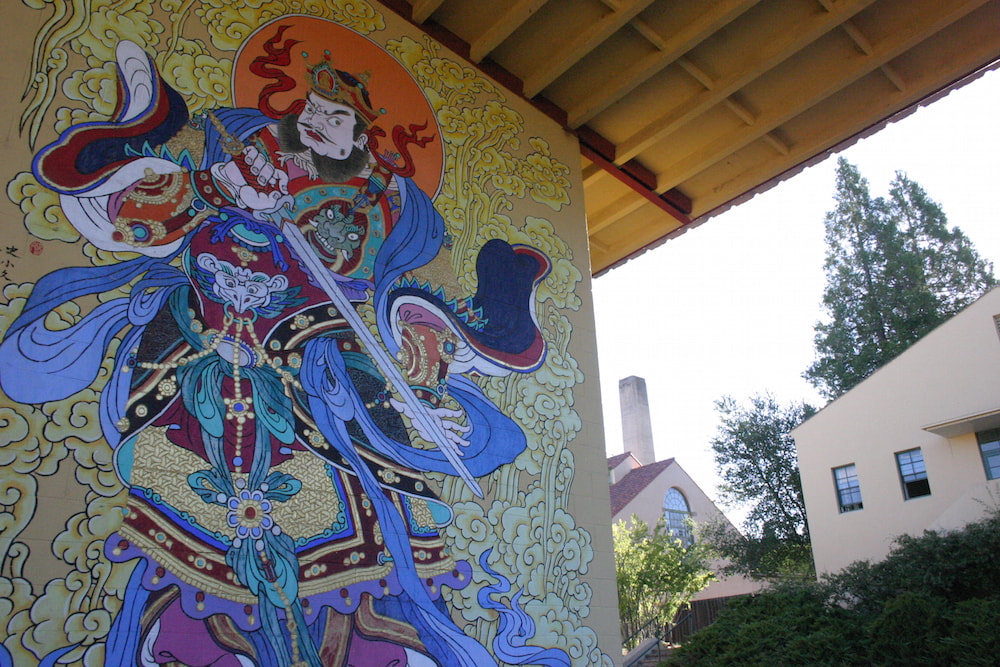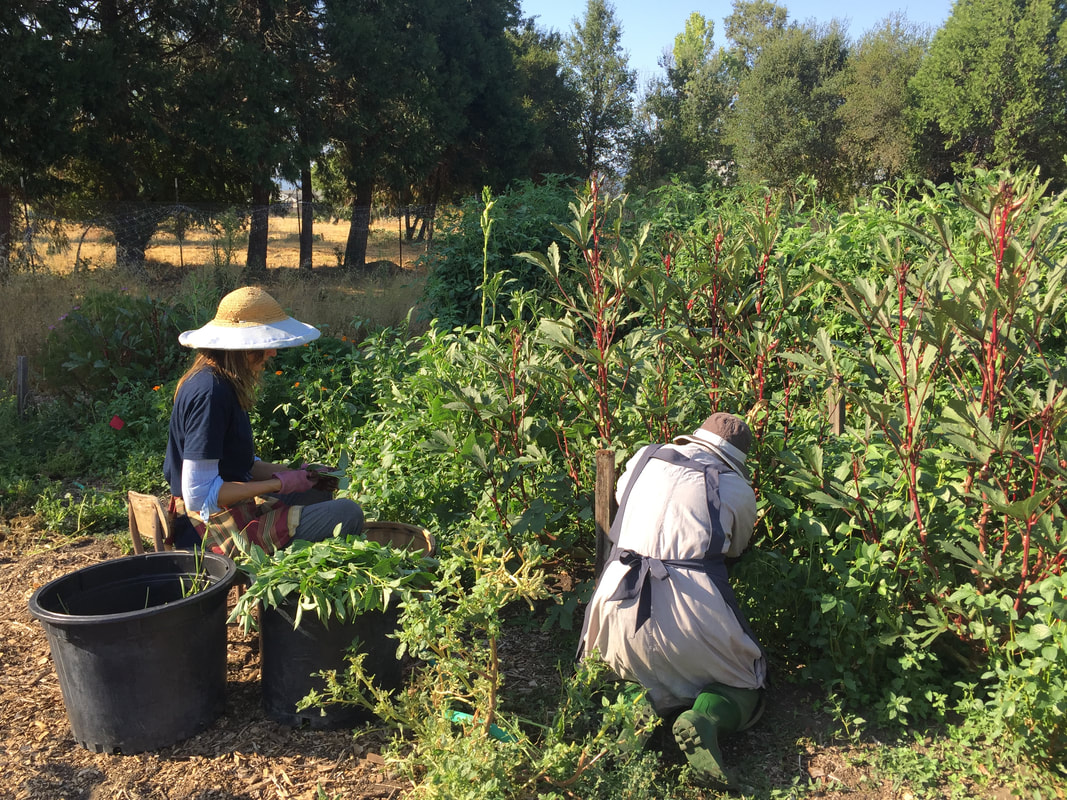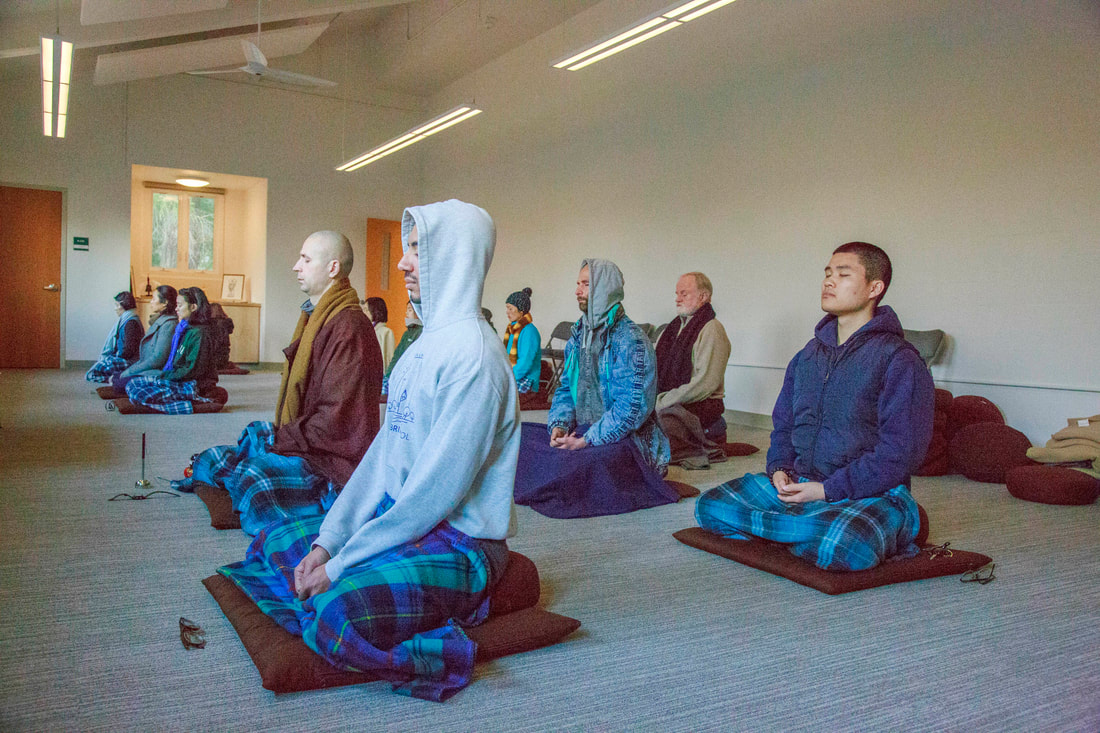The City of Ten Thousand Buddhas
The City of Ten Thousand Buddhas (CTTB) is home to one of the largest Buddhist monastic communities in the United States. The Buddhist monks and nuns who live and practice here have dedicated their lives to following the Buddhist path to awakening. Their lives are simple, allowing them to focus on the study and practice of Buddhism.
There are many lay people and visitors that frequent the monastery as well. Some are regular supporters of the monastery, while others are simply curious about the lifestyle here.
|
Location
Named “a sacred site” by National Geographic, The City of Ten Thousand Buddhas is nestled within 700 acres of orchards, meadows, and woods in Mendocino County, California, just 110 miles north of San Francisco. In addition to being the home of Buddhist monks and nuns, CTTB also houses a K-12 school and an organic farm. The quiet countryside landscape and clean air of the beautiful Ukiah Valley provide an ideal environment for study, wholesome fellowship, and spiritual growth. |
|
Founder
CTTB was founded by Chan Monk Venerable Master Hua. Widely regarded as one of the most preeminent Buddhist teachers of the 20th century, Master Hua sought to reanimate the spirit of Buddhist learning and practices in the modern world. |
Monastic Community
In 1969, five of Master Hua’s American disciples resolved to become monastics thus forming the first Mahayana Buddhist monastic Sangha composed of Westerners. During the subsequent years, the Master trained and oversaw the ordination of hundreds of monks and nuns who came from all over the world to study with him.
In 1969, five of Master Hua’s American disciples resolved to become monastics thus forming the first Mahayana Buddhist monastic Sangha composed of Westerners. During the subsequent years, the Master trained and oversaw the ordination of hundreds of monks and nuns who came from all over the world to study with him.
|
Life in the Monastery: Ceremonies There are three main ceremonies that occur every day in the monastery: morning ceremony, the meal offering, and evening ceremony. Ceremonies can be considered as the heartbeat of the monastery because they provide a structure and rhythm for daily life. They are also times when the community gathers together to practice, thus bringing a sense of cooperation and harmony to the monastery. |
During a ceremony in the Buddha Hall
|














